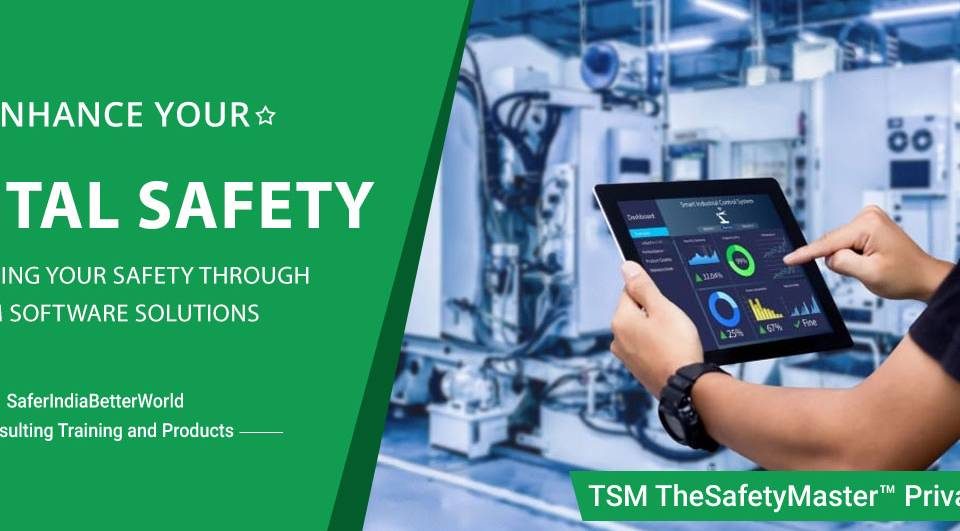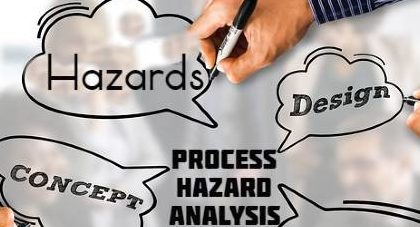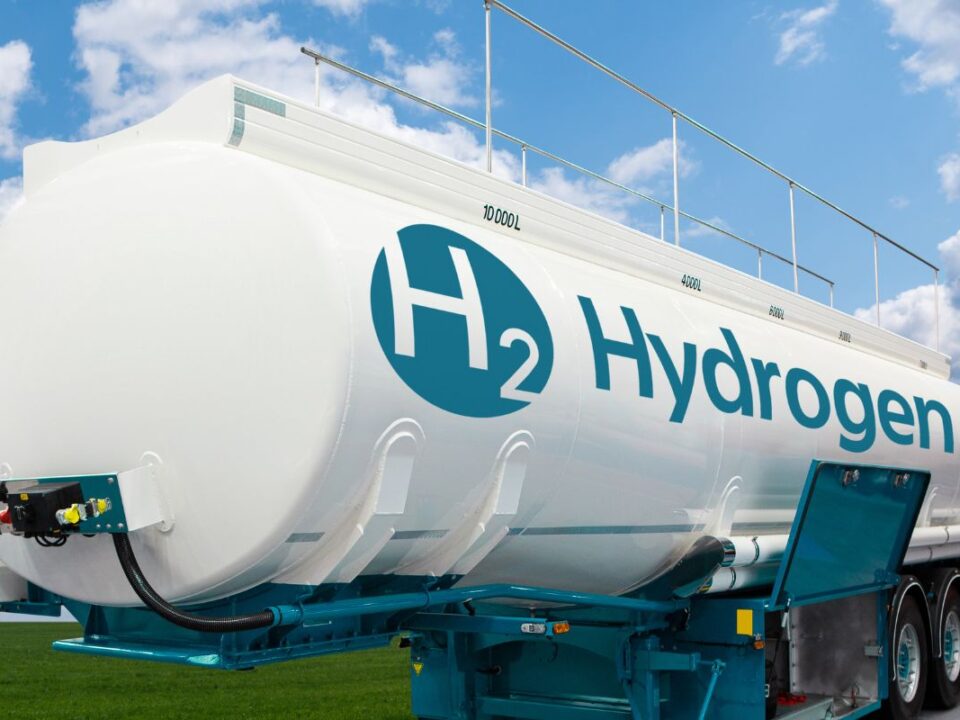6 things Your Process Hazard Analysis Must Address

HAZOP: Your Ultimate Guide for Conducting an Effective Risk Assessment
December 2, 2021
What You Need to Know about Electrical safety audit
January 12, 2022When a process has a high potential for harm in case of an incident, the work process needs to be evaluated and tested for safety. This process is called a Process Hazard Analysis or HAZOP analysis and involves gathering all data necessary to evaluate the hazards that could show up in your workplace and guiding you on what precautions must be taken to avoid these dangers.
The process hazard analysis (PHA) is a systematic process to define and evaluate the risks associated with a particular process. It is important to note that the risk assessment process is performed as part of the overall management of risks and not as a standalone activity.

The hazards of the process
Any process can be hazardous – but it is your responsibility to ensure staff and/or customers aren’t at risk. By completing a full process hazard analysis, you will better understand the potential risks posed by each process in order to mitigate against them.
Using methods of a process hazard analysis can help in identifying potentially hazardous situations, which will allow for the design and operation of a safer and securer workplace.
Engineering/administrative controls
Process hazard analysis (PHA) helps businesses identify and evaluate potential hazards, assess the likelihood of their occurrence, evaluate the severity of their impact, and design an adequate safety program.
It can even be used to list human-caused errors and process deficiencies that need to be eliminated to ensure worker safety. Identifying the root causes for a certain error can help prevent future incidents and accidents.
Consequences of failure of engineering controls
Any major accident or disaster that has been thoroughly investigated will eventually lead you back to a root cause analysis – Conducting a Process Hazard Analysis (PHA) is designed to do the same. It might seem like a small difference but the critical importance of identifying and understanding your process steps and resources makes it imperative that you achieve success with an accurate PHA.
Facility siting
Facility siting is the selection of a location for a new planned facility. There are, however, some things that need to be considered during the process, regardless of how far along is the facility in the planning stage.
Human factors
Every engineering organization has the responsibility to create and maintain a proper Process Safety Management Plan. However, many projects that come along require the review of an existing facility, process or safety management plan for compliance. In every instance where plant engineers are asked to review a plan, the first thing they do is look for the human factors section.
A qualitative evaluation
Process Hazard Analysis Consultants are not just meant to cost a lot of money and stop a manufacturer in their tracks. It should be a qualitative evaluation of the process, including visible and invisible barriers that prevent accidents.
How we can help
- Online/onsite training
- Safety Audits



